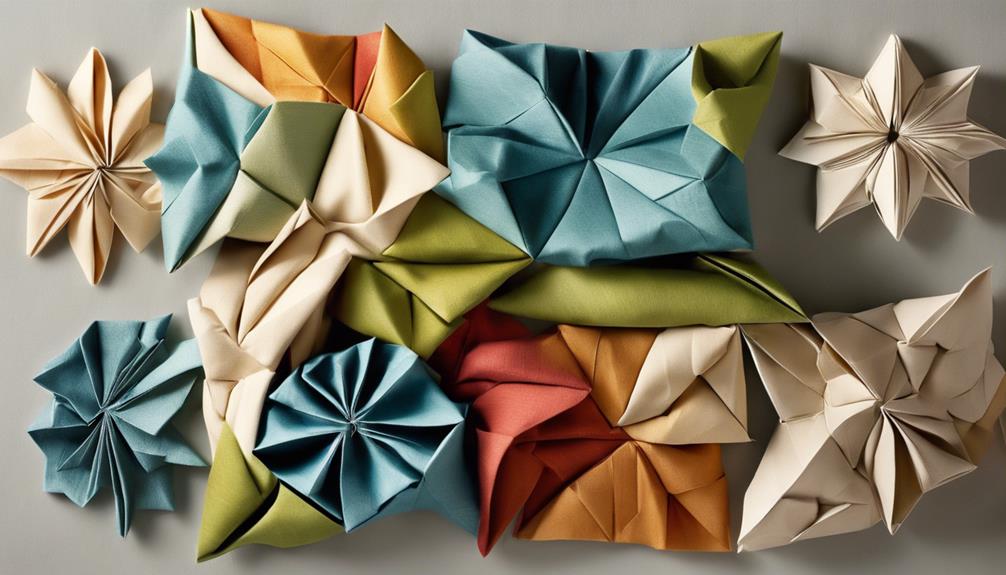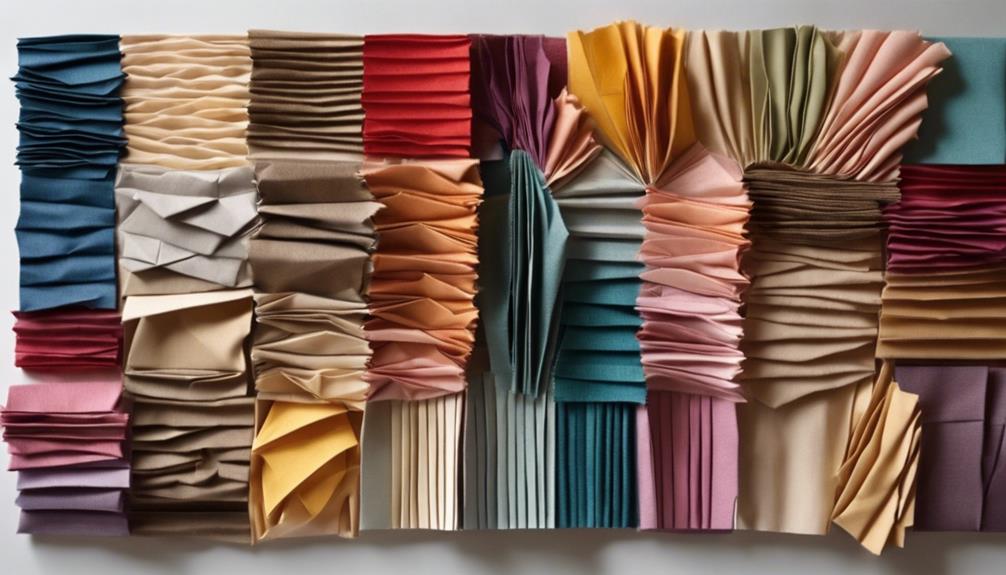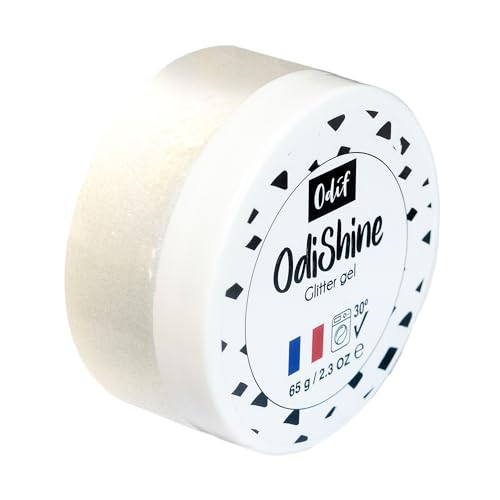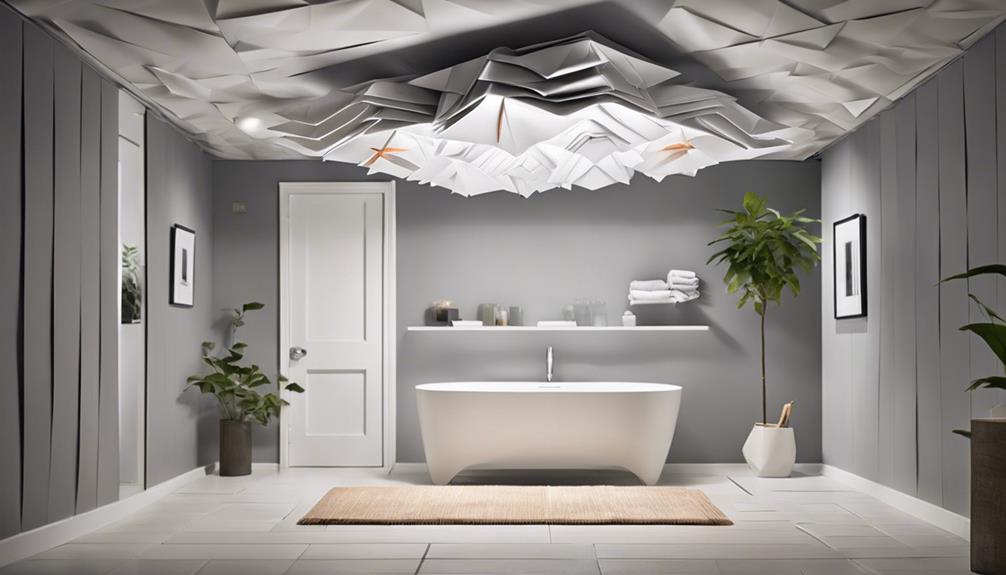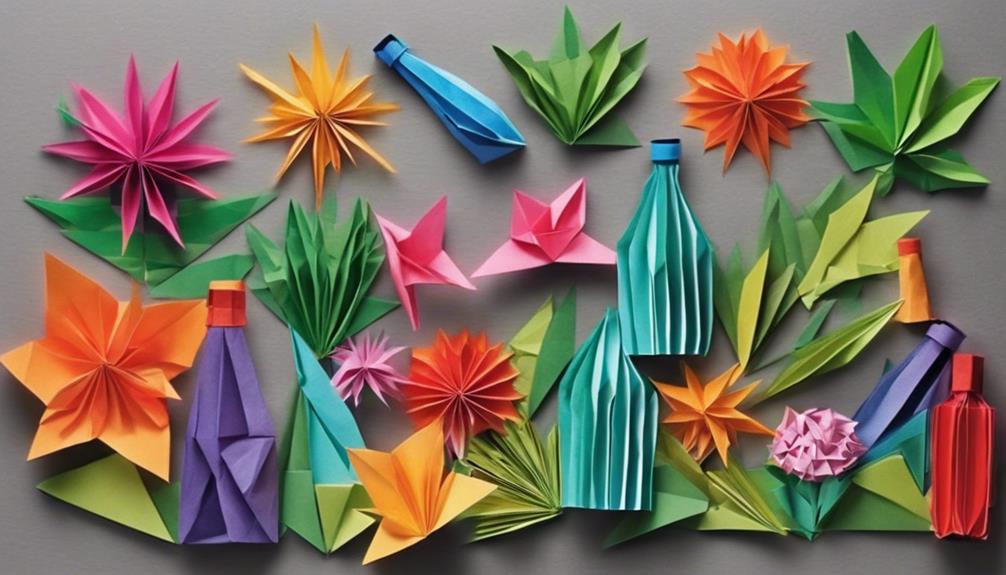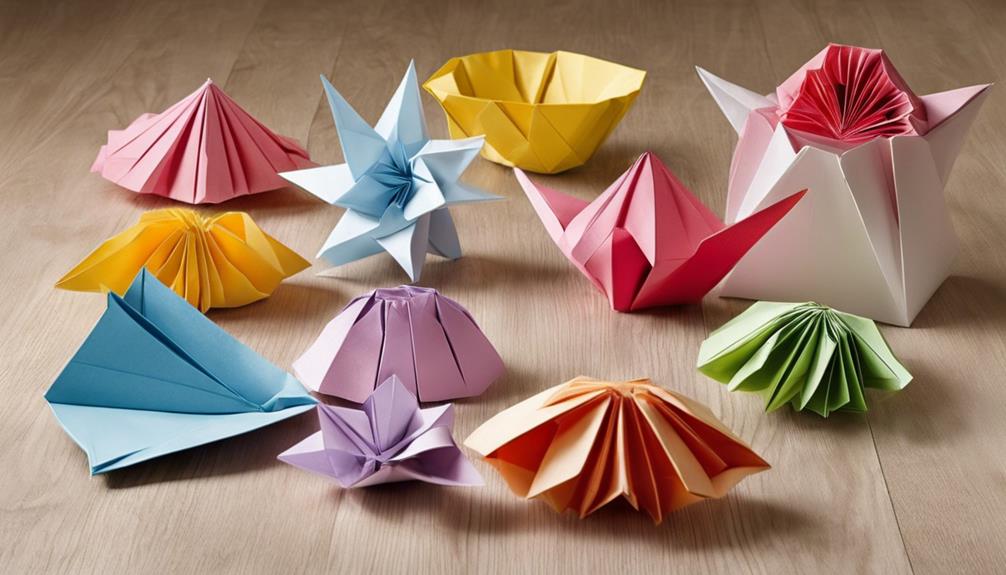When aiming for eco-friendly upholstery, consider recycled polyester from post-consumer plastic bottles for a sustainable choice that reduces environmental impact. Another excellent option is recycled foam sourced from discarded mattresses, providing both comfort and eco-consciousness for your home decor. These materials not only offer durability but also contribute to sustainability in furniture production. For more insights on enhancing your green home decor with sustainable and recycled materials, discover additional innovative options and criteria in the world of eco-friendly upholstery.
Key Takeaways
- Recycled polyester from post-consumer plastic bottles is durable and reduces waste.
- FSC-certified wood ensures sustainability and eco-friendliness in furniture production.
- GOTS or OEKO-TEX certified fabrics guarantee environmentally responsible materials.
- Utilize recycled foam from discarded mattresses for sustainable upholstery options.
- Opt for organic cotton or linen for eco-friendly upholstery with minimal environmental impact.
The Crew Furniture Traditional Kids Recliner for Toddler Ages 1-5 Years
For parents seeking a sustainable and eco-friendly seating option for their toddlers, the Crew Furniture Traditional Kids Recliner is an ideal choice. This chair is designed specifically for children aged 1-5 years, accommodating up to 110 lbs.
It features traditional rolled arms, a button-tufted back, and a push-back reclining mechanism for added comfort. What sets this recliner apart is its construction using sustainable forestry engineered wood frames and eco-friendly recycled polyester fiber cushions, making it an environmentally conscious choice.
Customers have praised the chair for its sturdiness, easy assembly, and adorable design. While some concerns exist regarding size limitations as children grow, the overall consensus is positive, with children enjoying a sense of independence and comfort while using this eco-friendly seating option.
Best For: Parents looking for a sustainable and eco-friendly seating option for toddlers aged 1-5 years.
Pros:
- Adorable design that children love
- Sturdy construction and easy assembly
- Eco-friendly materials used in construction
Cons:
- Potential size limitations as children grow
- Initial difficulties reported with the reclining feature
- May not be suitable for older children beyond the recommended age range
Odif OdiShine Glitter Gel 65g
With its BPA-free and recyclable packaging, Odif OdiShine Glitter Gel 65g offers a versatile solution for craft enthusiasts seeking eco-friendly embellishments. This glitter gel, manufactured by Odif in France, comes in a 65g container with dimensions of 3 x 3 x 1.5 inches and weighs 3.87 ounces.
It's acid-free and can be used on various materials like fabric, paper, and wood. Users have praised its ease of use, color variety, lack of smell, and longevity. To apply, simply put it on the desired surface and let it dry.
For fabric projects, ironing on a cotton setting with parchment paper can set the design. This product has gained positive feedback for its sparkle and adherence, making it a popular choice for adding a touch of glitter to different crafts.
Best For: Craft enthusiasts looking for a versatile and eco-friendly glitter gel for various projects.
Pros:
- Easy to use with versatile applications on fabric, paper, wood, and more.
- Wide range of colors available for different creative projects.
- Long-lasting sparkle and adherence on different surfaces.
Cons:
- Lack of specific instructions for certain applications like mixed media.
- Some users may need to experiment to find the best application method for their projects.
- Limited information on heat application requirements for different materials.
Factors to Consider When Choosing Sustainable and Recycled Materials for Eco-Friendly Upholstery

When selecting sustainable and recycled materials for eco-friendly upholstery, it's essential to take into account factors like:
- Material selection tips
- Eco-friendly fabrics
- Recycled upholstery options
- Sustainability criteria
- Upholstery innovation trends
These aspects play a significant role in ensuring that your upholstery choices align with your eco-conscious goals while still meeting your design preferences.
Material Selection Tips
When selecting materials for eco-friendly upholstery, it's important to take into account factors that contribute to sustainability and environmental responsibility. Look for options made from sustainable sources like FSC-certified wood or recycled materials such as polyester fibers.
Consider the durability of the materials to guarantee your upholstery lasts longer, reducing the need for replacements and minimizing waste. Check for certifications like OEKO-TEX or GOTS to confirm the materials are free from harmful chemicals and produced in an environmentally friendly manner.
Opt for materials that are easy to clean and maintain, reducing the use of harsh chemicals and water in upkeep. Prioritize materials that can be easily recycled or upcycled at the end of their lifespan to contribute to a circular and sustainable economy.
Eco-Friendly Fabrics
For eco-friendly upholstery, my top choice is selecting fabrics like organic cotton, linen, hemp, and recycled polyester, which are sustainably produced without harmful chemicals. These materials not only benefit the environment but also provide durable and long-lasting options for upholstery projects.
Fabrics like organic cotton and linen are certified by organizations such as the Global Organic Textile Standard (GOTS) or OEKO-TEX, ensuring they meet strict environmental and social criteria. On the other hand, recycled polyester, derived from post-consumer plastic bottles, offers a sustainable alternative to virgin polyester, reducing waste and energy consumption during production.
Recycled Upholstery Options
Exploring recycled upholstery options presents an eco-conscious approach to selecting sustainable materials for environmentally-friendly upholstery projects.
Recycled polyester, derived from post-consumer plastic bottles, is a popular choice for reducing waste and environmental impact in upholstery.
Another eco-friendly option is recycled foam, made from repurposed materials like discarded mattresses or furniture cushions, offering comfort with a sustainable twist.
Sustainable upholstery fabrics crafted from recycled textiles, such as post-industrial cotton or wool, promote a circular economy and help reduce landfill waste.
Recycled leather, sourced from pre-existing leather products like jackets or furniture, provides an eco-friendly alternative that minimizes the need for new animal hides.
Opting for recycled upholstery materials not only adds a unique touch to your furniture but also contributes to reducing energy consumption, water usage, and greenhouse gas emissions associated with traditional manufacturing processes.
Consider these options when aiming for an environmentally-conscious upholstery choice.
Sustainability Criteria
Sourcing sustainable and recycled materials for eco-friendly upholstery involves considering specific criteria to make environmentally-conscious choices. When selecting materials, it's important to opt for renewable resources like FSC-certified wood or recycled polyester fibers.
Additionally, evaluating the environmental impact of production processes is vital. Look for materials that reduce water and energy consumption while minimizing greenhouse gas emissions. Certifications such as the Global Organic Textile Standard (GOTS) or OEKO-TEX Standard 100 can help guarantee that the materials meet stringent environmental and social criteria.
Durability and longevity are key factors to consider, as longer-lasting upholstery reduces the need for frequent replacements, ultimately minimizing waste. Lastly, prioritize materials that are either biodegradable or recyclable at the end of their life cycle.
This not only promotes a circular economy but also helps in reducing landfill waste, making a positive impact on the environment.
Upholstery Innovation Trends
What innovative trends are influencing the choice of sustainable and recycled materials for eco-friendly upholstery?
Designers and manufacturers are embracing sustainability by incorporating recycled polyester fiber cushions and eco-friendly wood frames into upholstery. These materials not only reduce waste but also contribute to a more environmentally conscious approach to home decor.
By utilizing innovative techniques and advanced technology, the industry is able to create durable and stylish upholstery that minimizes its environmental impact. Consumers are driving the demand for these eco-friendly materials, leading to a rise in popularity for sustainable upholstery options.
The focus isn't only on being green but also on ensuring that the products are comfortable, stylish, and long-lasting. As trends in eco-friendly upholstery continue to evolve, the emphasis remains on balancing sustainability with performance, providing consumers with high-quality options that align with their values.
Environmental Impact Insights
Considering the environmental impact of furniture production, the selection of sustainable and recycled materials for eco-friendly upholstery is vital in reducing resource demand and promoting a more sustainable industry. Utilizing such materials not only helps in lowering the carbon footprint of the furniture sector but also contributes to a circular economy by diverting waste from landfills. Eco-friendly upholstery made from sustainable options like recycled polyester or organic cotton can enhance indoor air quality by minimizing the release of harmful chemicals.
Additionally, opting for upholstery with recycled content supports the conservation of essential resources such as water and energy, aligning with sustainable practices and aiding in the reduction of environmental degradation. Manufacturers that incorporate these sustainable and recycled materials often prioritize transparent supply chains and ethical production processes, fostering accountability and environmental stewardship within the industry.
Frequently Asked Questions
Can Recycled Materials Be as Durable as New Upholstery?
Recycled materials can be as durable as new upholstery. I've seen firsthand how well-crafted items made from recycled materials can last. With proper care and quality construction, eco-friendly options can be just as long-lasting.
Are Eco-Friendly Fabrics Comfortable for Seating?
Absolutely, eco-friendly fabrics are not just sustainable but also incredibly comfortable for seating. In fact, studies show that organic cotton, hemp, and bamboo blends are gaining popularity for their softness and durability in upholstery.
How Do Sustainable Materials Impact Indoor Air Quality?
Using sustainable materials positively impacts indoor air quality. When I choose eco-friendly options, like organic cotton or hemp, my home's air is cleaner. These materials release fewer harmful chemicals, creating a healthier environment.
Can I Find Stylish Options With Green Upholstery?
Stylish green upholstery options are abundant. From chic recycled fabrics to trendy sustainable materials, you can effortlessly elevate your home decor while promoting eco-friendliness. The fusion of style and sustainability is truly inspiring!
Are There Any Certifications to Look for in Eco-Friendly Upholstery?
Look for certifications like GOTS for organic textiles or OEKO-TEX for non-toxic materials. These certifications guarantee eco-friendly upholstery. It is crucial to check for these labels when aiming for sustainable and green home decor.
Conclusion
To sum up, when selecting sustainable and recycled materials for eco-friendly upholstery, consider factors such as durability, comfort, and environmental impact. By choosing materials like recycled fabrics or FSC-certified wood, you can create a stylish and eco-conscious home decor.
Remember, making small changes in your purchasing decisions can have a significant impact on the environment. So, next time you're shopping for upholstery, think green and make a difference in your home and the planet. After all, every little bit helps to save our Earth.
